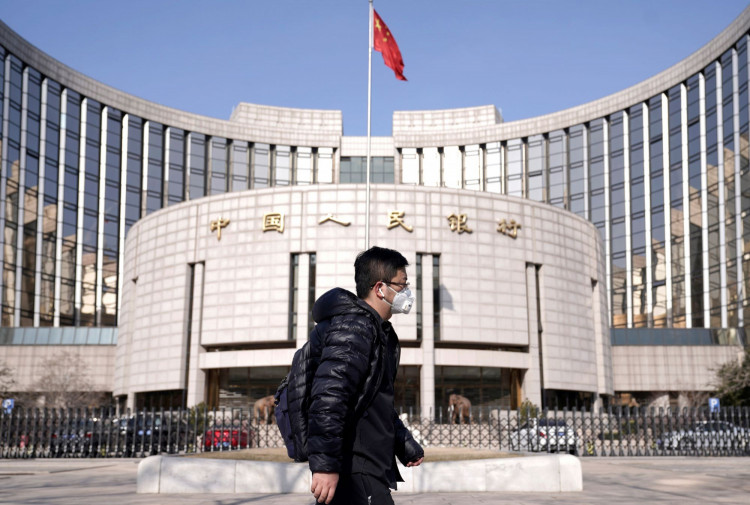In a move aimed at invigorating the slowing Chinese economy, market observers widely anticipate a reduction in the nation's benchmark mortgage reference rate in the upcoming monthly adjustment. This potential policy adjustment by the People's Bank of China (PBOC) is seen as a strategic response to the mounting pressures on the world's second-largest economy, which has been grappling with a combination of external demand challenges and domestic investment constraints exacerbated by elevated borrowing costs.
The focus is particularly on the five-year loan prime rate (LPR), which significantly influences mortgage pricing and currently stands at 4.20%. According to a recent survey of 27 market analysts, an overwhelming majority project a decrease in the five-year LPR by five to 15 basis points during the forthcoming monthly fixing. This anticipated move follows a period of stagnation, with the last adjustment occurring in June 2023. Conversely, a smaller segment of respondents envisages a cut in the one-year LPR, which predominantly underpins most new and existing loans within China and is presently at 3.45%.
These expectations have been further fueled by a publication from the central bank-backed Financial News, suggesting an imminent reduction in the LPR, particularly for longer-term loans. "Lowering five-year LPR will help stabilize confidence, promote investment and consumption, and also help support the stable and healthy development of the real estate market," the report stated, emphasizing the potential positive impacts on investment and the housing sector.
Despite the pressing need for monetary stimulus, the PBOC's maneuvering room has been limited by global monetary policy uncertainties, particularly those related to the U.S. Federal Reserve, and concerns over potential rapid declines in the yuan's value and capital flight. However, the recent easing of banks' reserve requirement ratios (RRR) and deposit rate cuts by major lenders are expected to provide the necessary leeway for a reduction in the LPR.
The PBOC's steadfast approach to policy stability was underscored by its decision to maintain the medium-term lending facility (MLF) rate at 2.50%, reflecting a cautious stance amidst ongoing economic uncertainties. This move, coupled with the full rollover of maturing MLF loans, signifies a continued commitment to an expansionary monetary policy aimed at fostering economic growth and stability.
Market sentiment remains a critical factor, with previous easing measures falling short of revitalizing investor and consumer confidence. As such, further adjustments to both open market operations and MLF rates are anticipated in the near term to bolster market sentiment and spur economic activity.
As the PBOC gears up for the upcoming LPR adjustment on February 20th, the focus is on how these potential rate cuts will translate into tangible economic support, particularly in stabilizing the real estate market and encouraging broader investment and consumption. With the central bank reiterating its flexible policy stance, the impending LPR fixing will be a key indicator of China's policy direction in navigating the complex economic landscape and achieving a balance between stimulus and stability.






